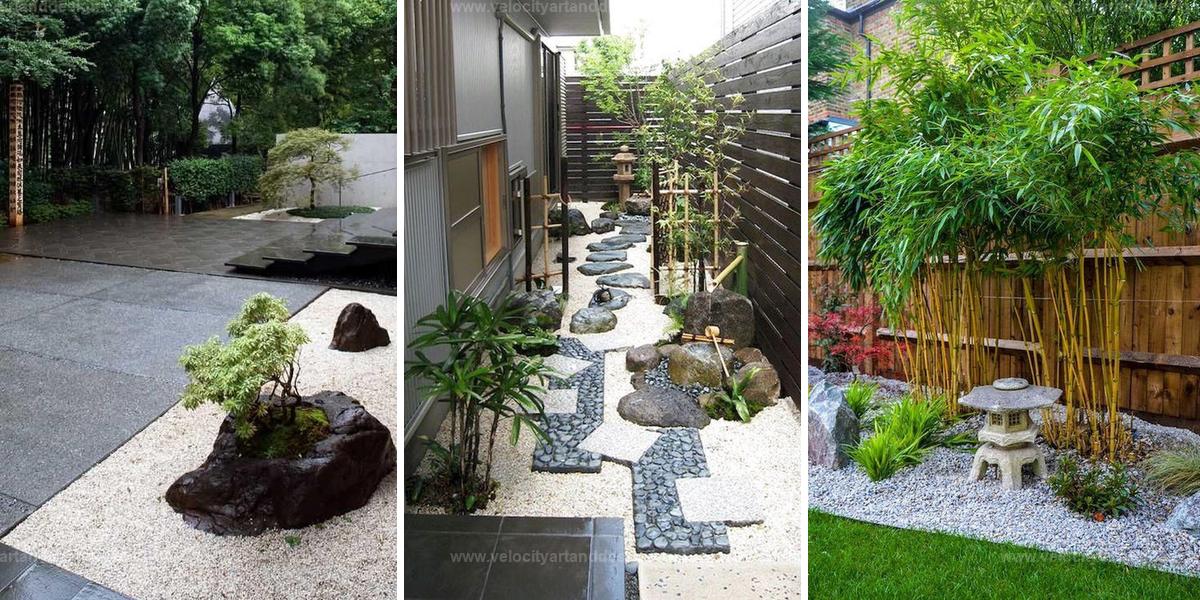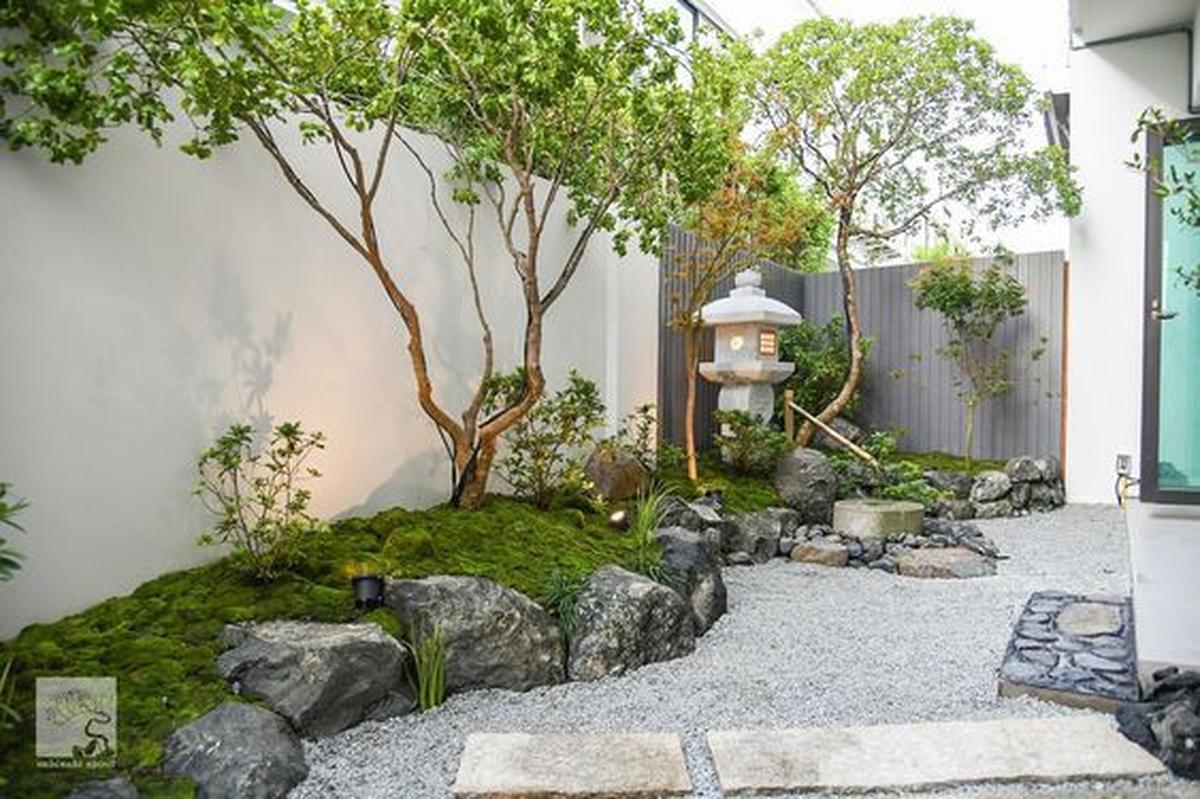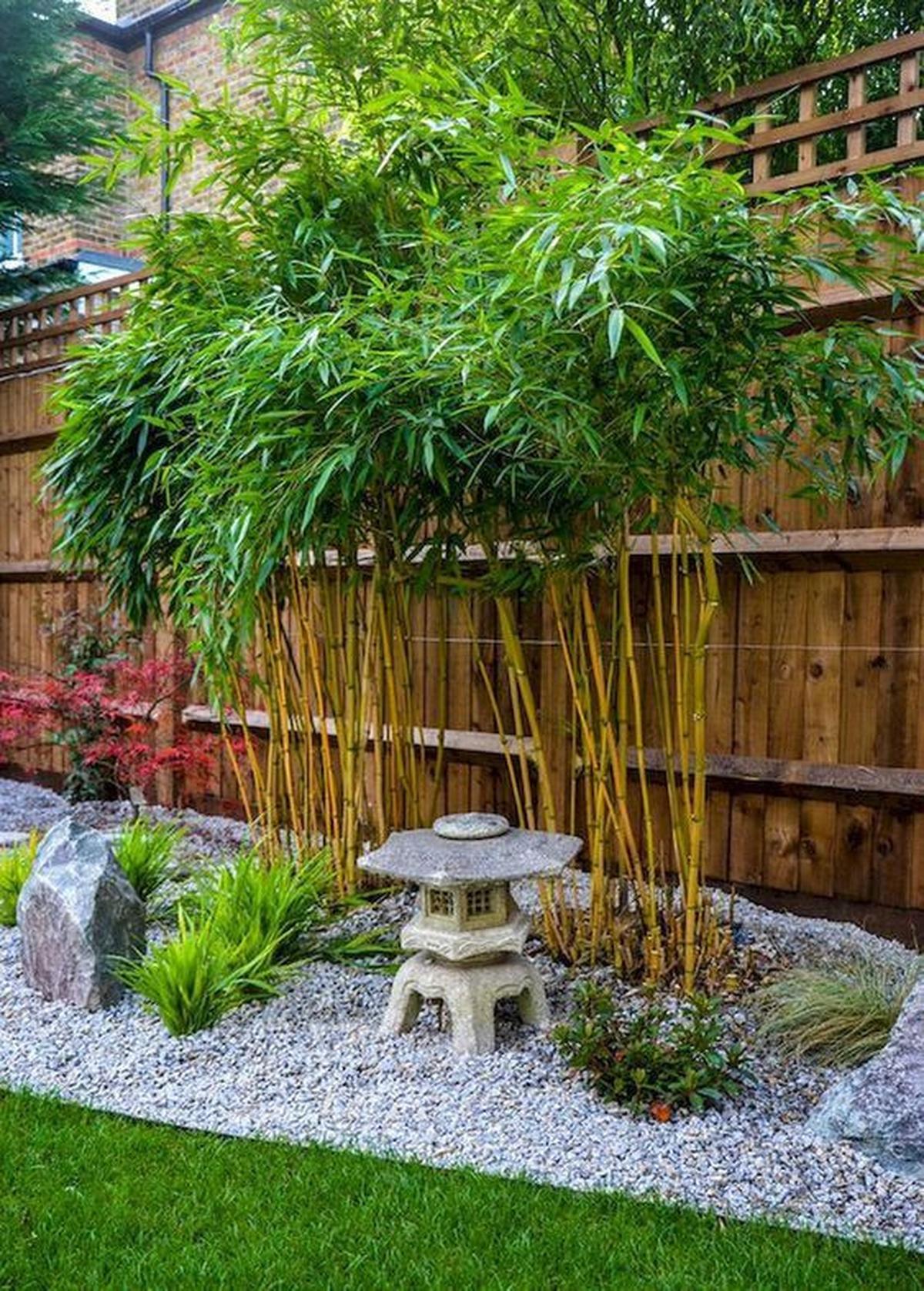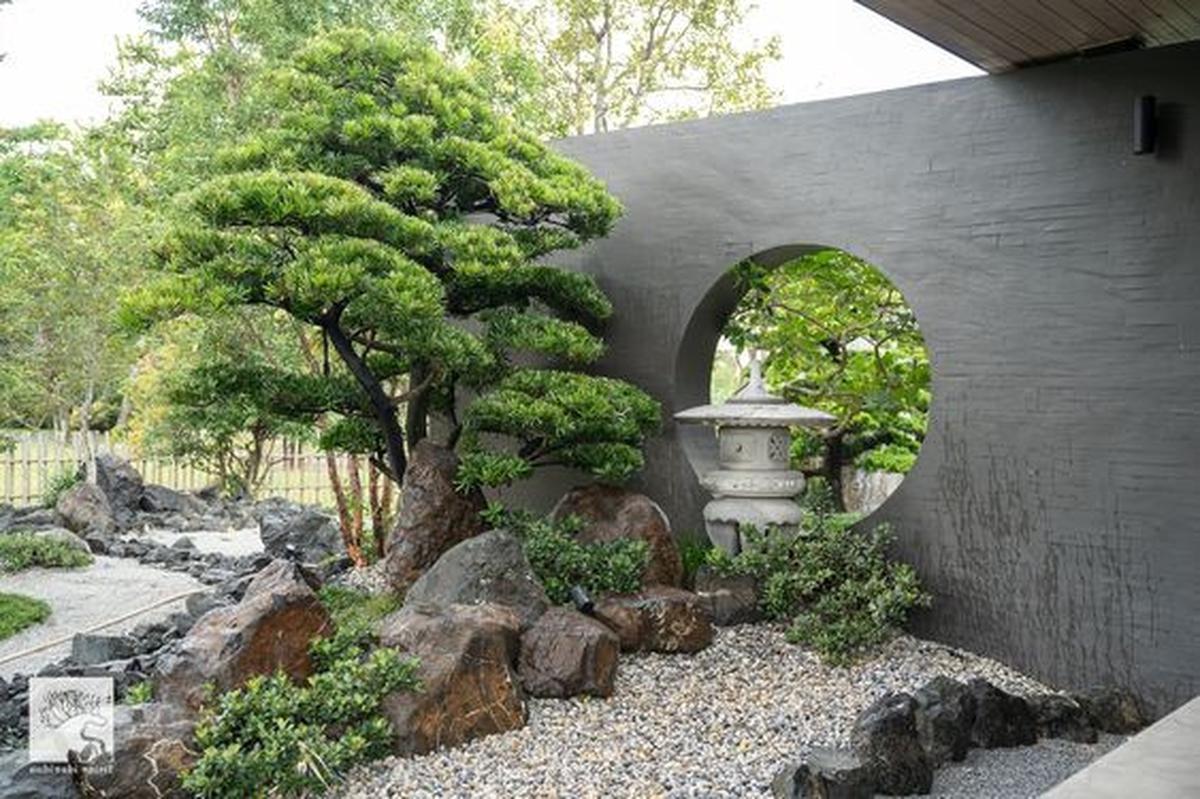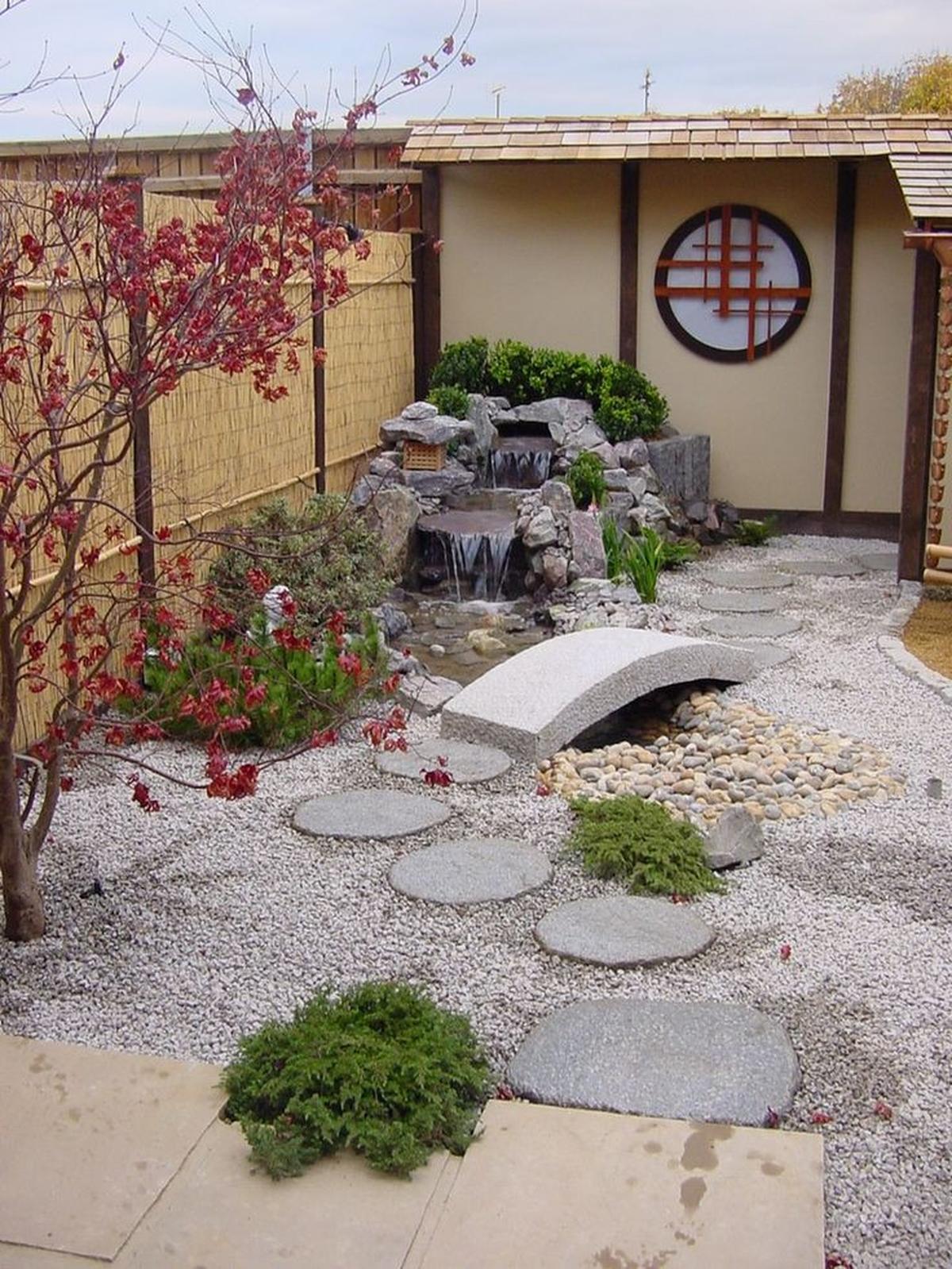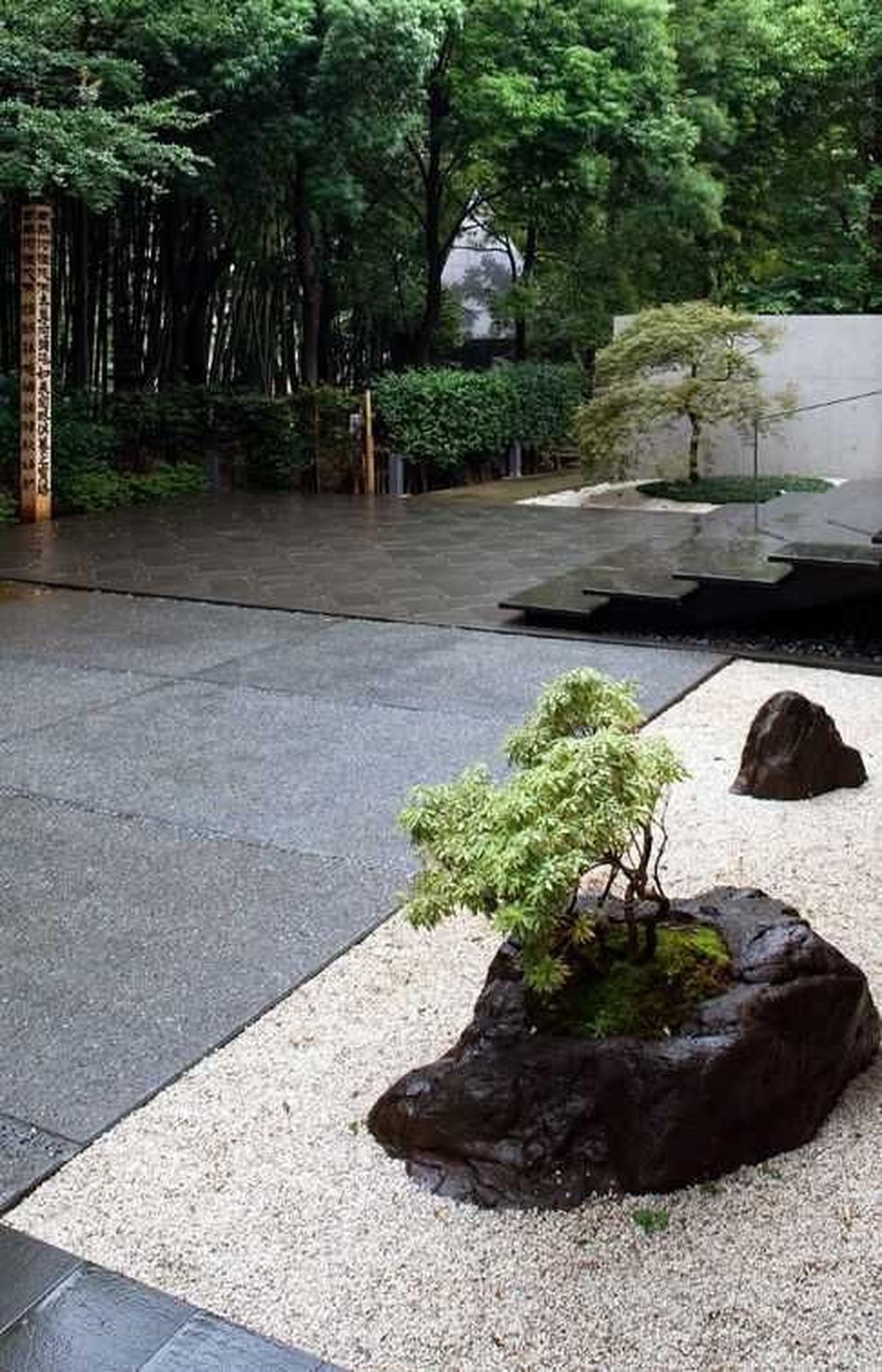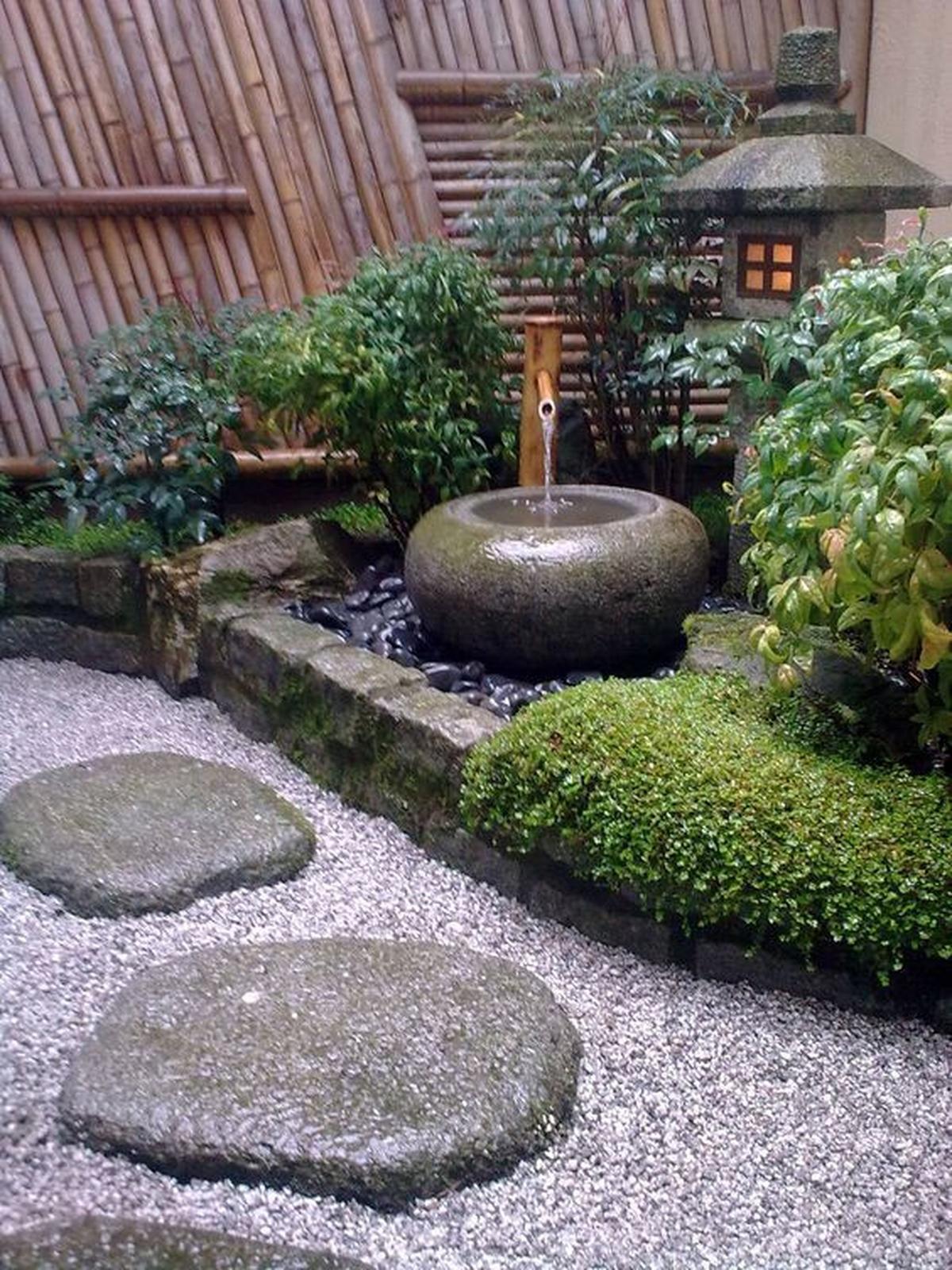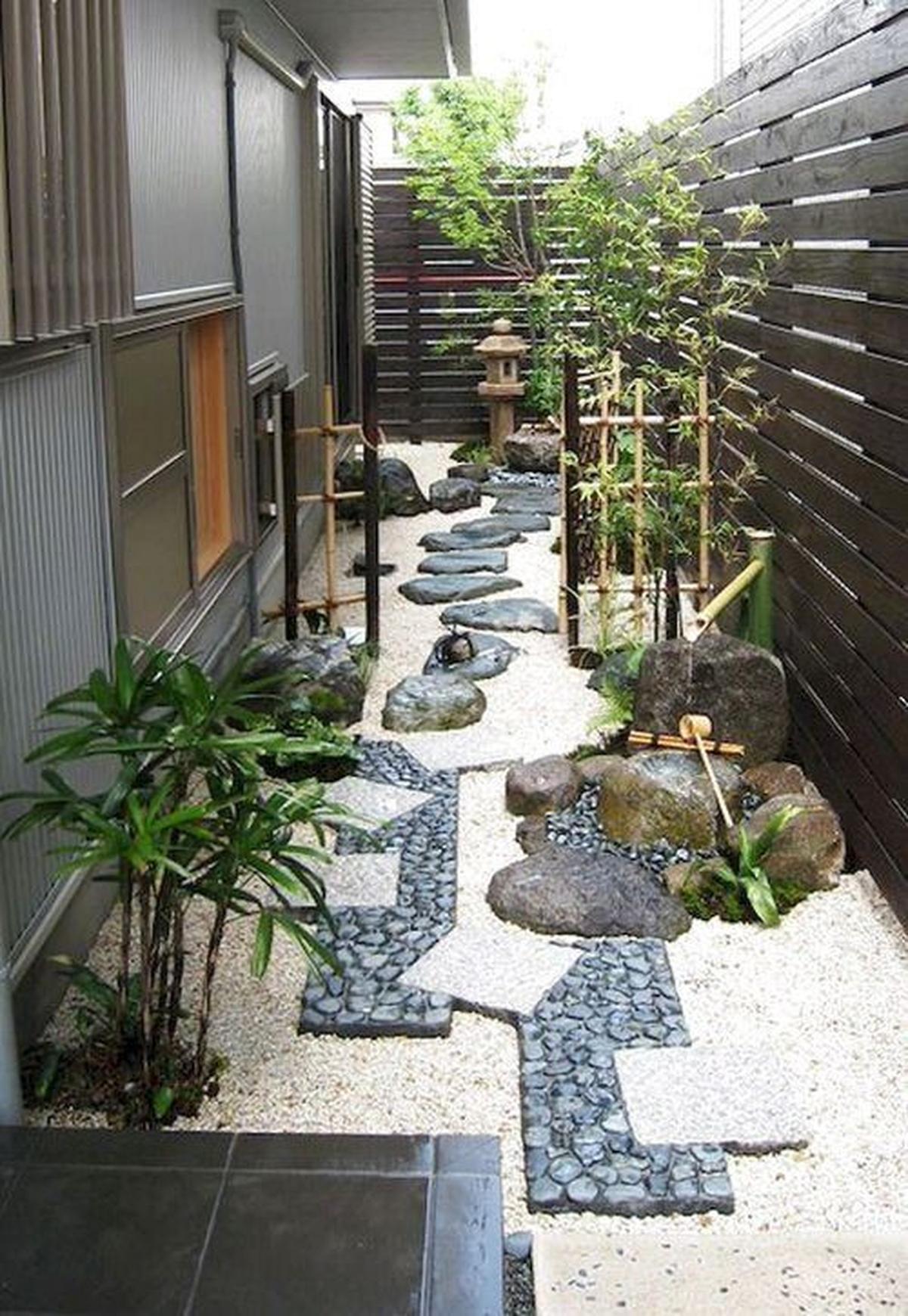7 Beautiful Japanese Garden Ideas to Inspire You
Japanese gardens are known for their serene beauty, using simple yet meaningful elements to create a peaceful atmosphere. Transforming your space into a tranquil retreat requires attention to harmony, balance, and natural materials.
The key lies in blending textures and soft features that evoke a sense of calm. Each element, from stones to water features, contributes to the overall peaceful vibe of the garden.
This type of garden invites quiet reflection and connection with nature. Follow these 7 steps to create a Japanese garden and bring serenity to your space:
Plan The Layout
Starting with a strategic layout is essential when creating your Japanese garden. Think about the space you have, including its shape and elevation.
Envision elements like tranquil ponds, elegant bridges, winding pathways, and unique rock arrangements that will enhance the design. A thoughtfully organized plan leads to harmony within your outdoor sanctuary while ensuring each aspect complements one another beautifully.
Prioritizing these details now sets a strong foundation for an enchanting garden later on.
Incorporate Natural Elements
Creating a space that reflects nature is key to achieving the essence of Japanese gardens. Rocks play an important role; they can symbolize mountains or form intricate pathways, guiding you through your serene environment.
Water features further enhance tranquility, offering soothing sounds and visual appeal. Incorporating diverse plants adds layers of texture and color while maintaining harmony with the surrounding elements.
A well-designed garden encourages connection with nature and provides a peaceful retreat from everyday life.
Select Authentic Plants
A genuine atmosphere in your garden starts with selecting plants that reflect traditional Japanese landscapes. Consider incorporating cherry blossoms, bamboo, and Japanese maples to evoke that serene feel.
Ornamental grasses and moss also add texture and depth. Observing seasonal shifts allows you to arrange these elements for continuous visual appeal throughout the year.
Such choices not only enhance beauty but also connect you with nature's cycles, making every visit a refreshing experience.
Create Zen Spaces
Creating serene spots in your garden allows for peaceful reflection and relaxation. Imagine including elements like stone benches or lanterns that invite tranquility, along with a minimalist rock garden.
These areas serve as perfect retreats to escape the chaos of everyday life. When you design these spaces thoughtfully, they become personal havens where nature nurtures your spirit and calms your mind.
Embrace this chance to cultivate an atmosphere of peace right at home.
Embrace Simplicity
Simplicity serves as the cornerstone of Japanese garden design. Stripping away unnecessary elements allows for a serene atmosphere, where clean lines and open spaces shine.
A limited color palette fosters tranquility, inviting you to experience the beauty in restraint. Prioritizing balance among various components creates an inviting environment that promotes peace and introspection.
By adopting these minimalist principles, I encourage you to cultivate a space that reflects clarity and harmony.
Add Water Feature, Especially Sozu
Water features in gardens bring a serene atmosphere, making them more inviting. The sozu, a traditional Japanese fountain, symbolizes enlightenment and reflects the journey we all take in life.
Incorporating this unique element can deepen your garden's meaning while adding visual appeal. You might also consider other water elements like ponds or streams to enhance that peaceful vibe further.
Thoughtful placement of these components transforms outdoor spaces into personal retreats filled with calmness and significance.
Maintain Balance and Harmony
To keep your Japanese garden a peaceful retreat, regular upkeep is essential. Engage in tasks like pruning plants and raking gravel to preserve the serene atmosphere.
Water features also need cleaning to maintain clarity and calmness. Acknowledging that this garden functions as a living space helps you realize its ongoing care demands attention and dedication.
Ultimately, nurturing it leads to lasting tranquility for everyone who visits.

